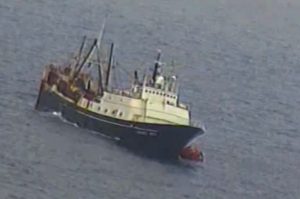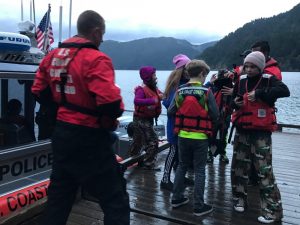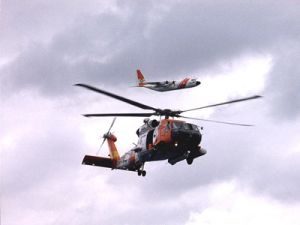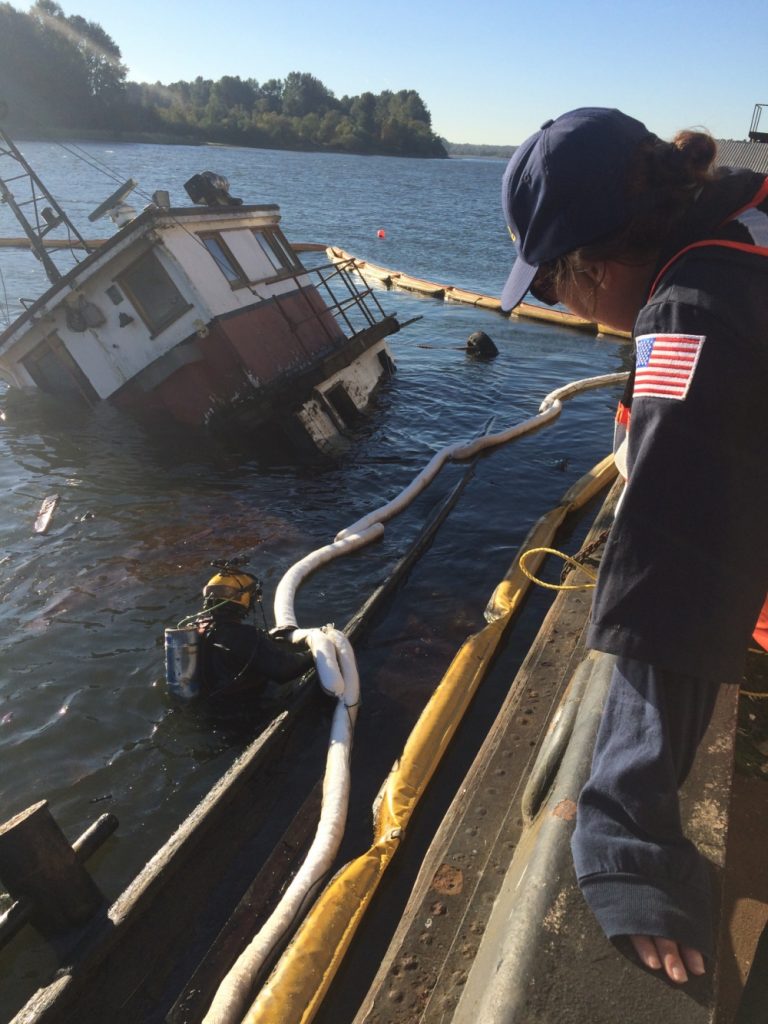Washington Supreme Court to Decide If Injured Seamen May Recover Punitive Damages for a General Maritime “Vessel Unseaworthiness” Claim
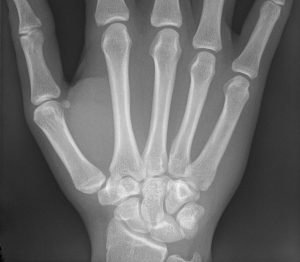 Allan Tabingo was injured at sea due to defective machinery on his employer’s fishing vessel. A hydraulic lever controlling a fish hatch had been defective for two years. When the hatch operator tried to activate the hydraulic lever to stop the hatch from closing, the handle on the lever popped out of the valve. The hatch could not be stopped. The result was a traumatic hand injury and the loss of a father’s livelihood. The accident could have been prevented had American Seafoods simply repaired the handle when it was found to be defective two years earlier.
Allan Tabingo was injured at sea due to defective machinery on his employer’s fishing vessel. A hydraulic lever controlling a fish hatch had been defective for two years. When the hatch operator tried to activate the hydraulic lever to stop the hatch from closing, the handle on the lever popped out of the valve. The hatch could not be stopped. The result was a traumatic hand injury and the loss of a father’s livelihood. The accident could have been prevented had American Seafoods simply repaired the handle when it was found to be defective two years earlier.
On January 17, 2017, lawyers in the case of Allan Tabingo vs. American Triumph LLC argued in the Washington State Supreme Court the question of whether an injured seaman may recover punitive damages when injured on an unseaworthy vessel? You can view the arguments here. Originally denied at the trial court, this case was chosen for a fast track (“interlocutory”) appeal and sent to the Washington State Supreme Court due to the importance of this issue for injured fishermen and seamen.
The Jones Act and Maritime Law already provide for Compensatory Damages. An injured seaman may recover a monetary amount necessary to replace what was lost due to his/her injury. Compensatory Damages usually cover:
 Maritime Injury Law Blog
Maritime Injury Law Blog


